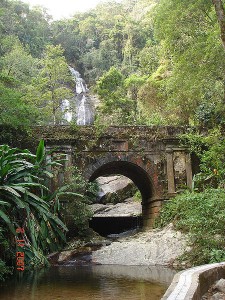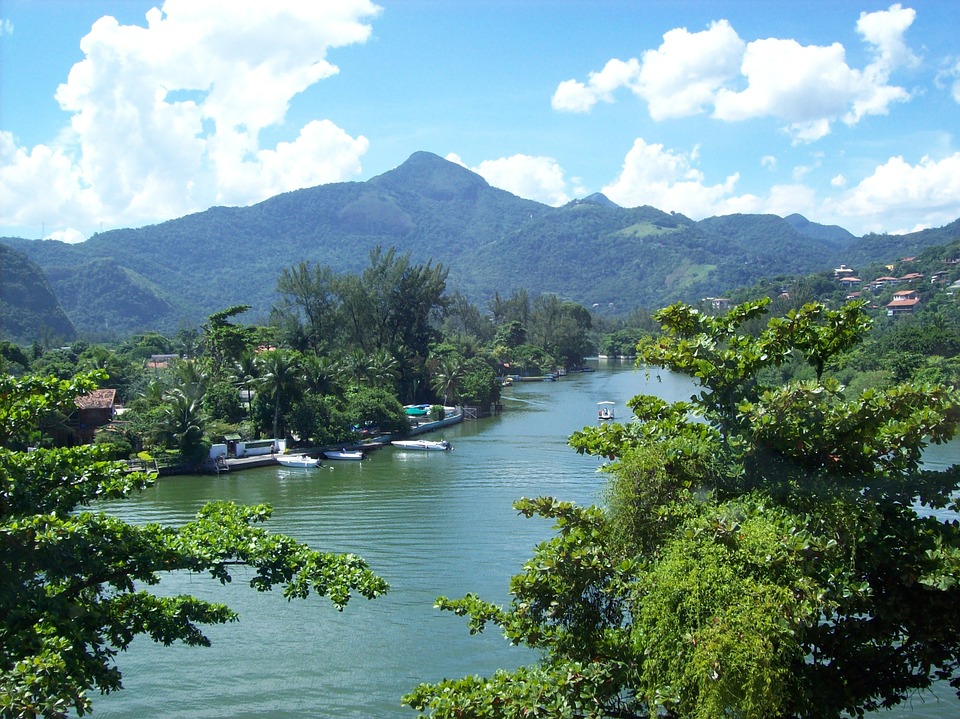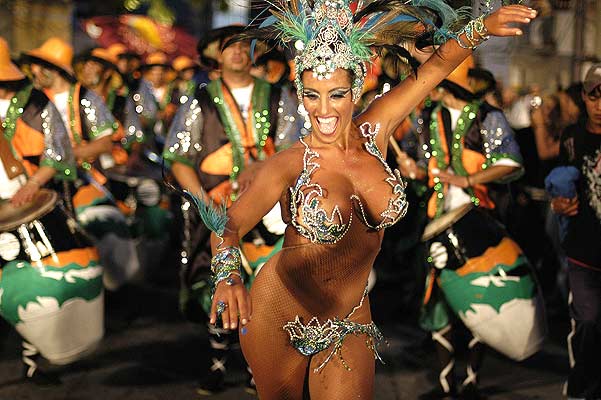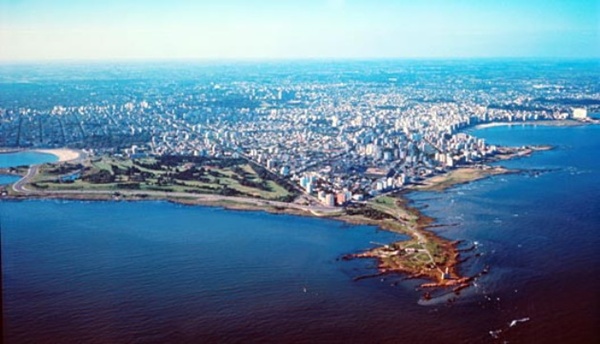 The Tijuca National Park is located in the city of Rio de Janeiro, Brazil. Among the sights of the park, apart from the trails, caves and waterfalls, are famous landmarks such as Sugar Loaf, Corcovado, and Tijuca Peak, the highest point of the park, rising 1022 meters above sea level. The mountainous area includes areas of the Massif da Tijuca.
The Tijuca National Park is located in the city of Rio de Janeiro, Brazil. Among the sights of the park, apart from the trails, caves and waterfalls, are famous landmarks such as Sugar Loaf, Corcovado, and Tijuca Peak, the highest point of the park, rising 1022 meters above sea level. The mountainous area includes areas of the Massif da Tijuca.
There are several important water sources that supply the urban water supply, and recreation and quality of life for residents, while preserving the landscape and promoting tourism. The preservation of the park is directly related to the welfare, health and wealth of the city, and perhaps its greatest green asset.
The Tijuca National Park was declared a Biosphere Reserve by UNESCO in 1991.
It is the smallest national park and is in the central portion of the city and the blends in seamlessly with the urban area.
Originally, the entire park was covered by dense Tropical Rainforest. Historically, this forest was heavily degraded due to the removal of timber, firewood and charcoal for their numerous mills, cane sugar production, brick kilns and for domestic purposes, as well as the expansion of coffee in almost all areas.
In 1860, by order of Emperor D. Pedro II, the area began to be reforested with native tree seedlings. Along with natural regeneration, the area was reclaimed, forming the forest we see today, with a rich and diverse flora.
As a result of the changes that have occurred over the past 400 years, the biosphere of the park is unique and does not have all the animals that characterise similar sites of Atlantic slope of the Serra do Mar. The majority of wildlife are shy of visitors or have nocturnal habits.
There are insects, spiders and other arthropods including several snake species, caninana, corals, jararaca and jararacucus, lizards, geckos and iguanas plus birds lizards, tanagers, lace, tanagers, spies, hummingbirds, Juriti, hawks, vultures, urus, and Jacupemba inhambus-comum.
The mammals are marmosets, monkeys, dogs-do-mato, coatis, raccoons, cats, pigs, cavies, hedgehogs coendu, squirrels, tapitis, armadillos, anteaters and opossums-Mirim
Recreation & Sports Practice
Mountaineering is one of the many activities practiced in the park. The Tijuca National Park, besides the beautiful scenery of its many vantage points Chinese Pavilion, Mirante Dona Marta, Vista Admiral, it is possible to enjoy the quiet, calm, clean air, mild temperature and inspiring environment of the rainforest.
Hiking trails, swimming in the waterfalls, biking and picnicking are some of the recreational activities allowed. The walks are moderate and unfold to offer stunning views at Pedra Bonita at 524 m, Parrot’s Peak at 987 m and Pico da Tijuca at 1,021 m, and walks with more difficulty show the spectacular panorama in the Stone Gavea at 842 m.
The park has a visitor’s centre, library, health and various recreational areas, such as Dogwood, Bom Retiro, Mayrink and the Dam of Solitude.
Hours
The park is open daily from 8 am to 1700, and 1800 during the summer. The many roads allow the visitor to view the park on foot, bicycle, motorcycle, auto and bus and to see the Statue of Christ Redeemer and spectacular Lookout Mountain. Visitors are also offered the option of the train journey with the Corcovado Railroad, which starts at the station located at Rua Cosme Velho.
Several tour companies run circuits in the park in special vehicles, and a helicopter can be used to view the Tijuca National Park sites and it is possible to hire a scenic flight in the area with the Mirante Dona Marta.








